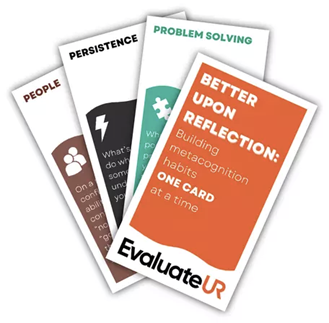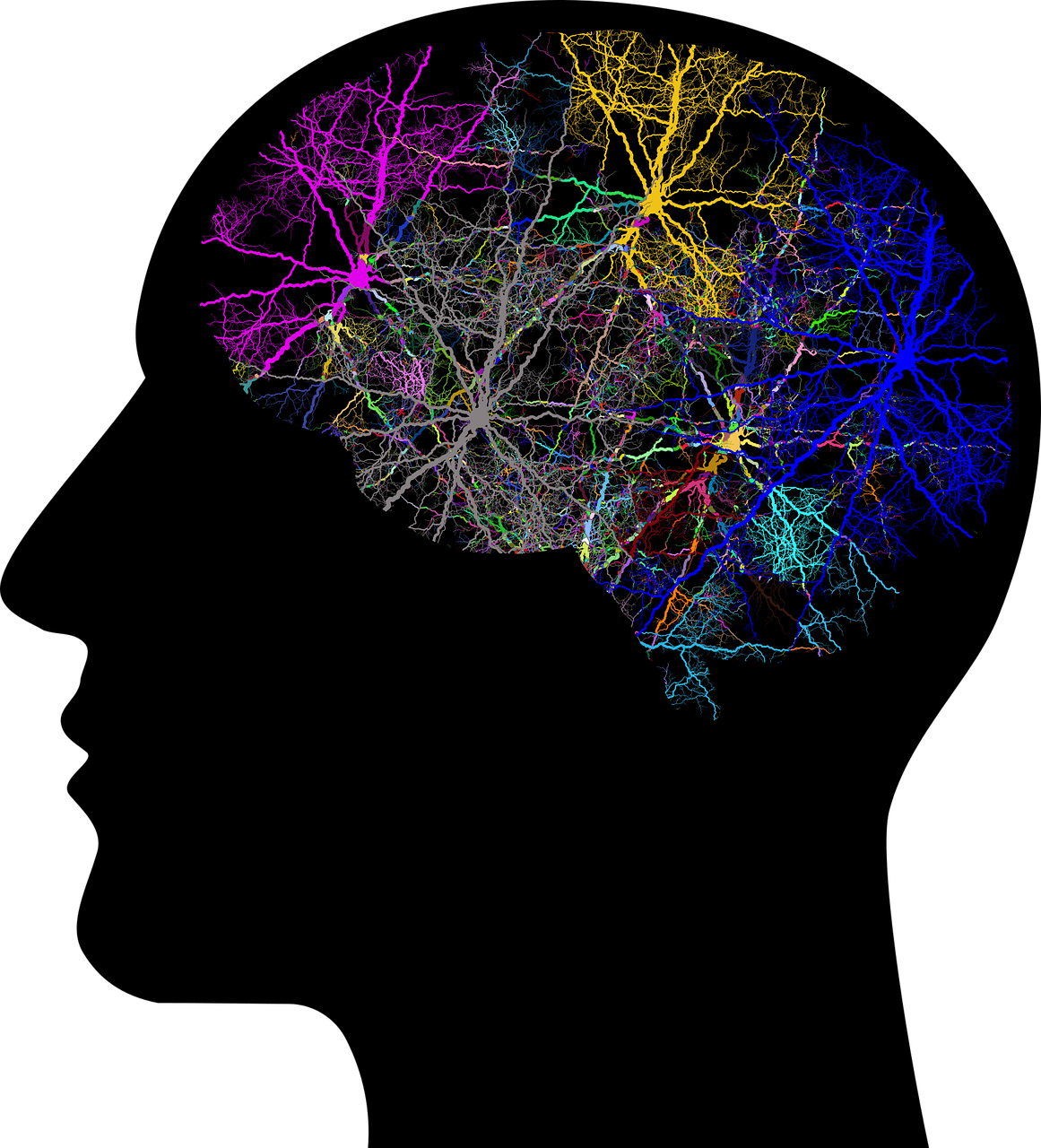In the second post of the “Working with Faculty to Promote Metacognition” guest series, Dr. Nirmal Trivedi discusses several ways he helps a diverse set of instructors with varying metacognition experience integrate the topic into their first-year seminar courses. For his work with first-year seminars, Dr. Trivedi received the 2018 Excellence in Teaching First-Year Seminars Award from the National Resource Center for The First-Year Experience and Students in Transition.
by Nirmal Trivedi, Ph.D.
Director, First-Year Seminars and Assistant Professor of English
Department of First-Year and Transition Studies
Kennesaw State University
Who is qualified to teach metacognition? If we agree that teaching the concept often results in improved academic performance, shouldn’t all faculty members be trained on how, when, and why metacognition should be embedded into their courses, regardless of content area?
At Kennesaw State University, we’ve had a unique opportunity to redesign our First-Year Seminar course to include a heavy focus on metacognition. This 3-credit academic seminar, which is largely uniform in content and required of most first-time students, serves approximately 3,500 students each fall semester with anywhere between 65-80 part-time and full-time faculty teaching the course. The vast majority of these instructors do not have a background in psychology of human learning, and many have either never taught college students, or have only taught them beyond the first year.
Thankfully, student testimonials reflecting positive experiences with our seminar’s focus on metacognition have served to intrigue those who are new to metacognition and convinced skeptical faculty of the value of teaching the concept and its practice. Recent popularization of the concept by Professor Emerita of Chemical Education, Dr. Sandra McGuire, has helped to demystify the term for students and educators alike. Her two books, Teach Students How to Learn and Teach Yourself How to Learn, written for faculty and students, respectively, provide guidance for the uninitiated. McGuire effectively shows why metacognition is essential for all educators to know and teach. An answer to how one builds a local cohort of metacognition experts without the disciplinary expertise in educational psychology, however, can be elusive.
As someone new to teaching metacognition—a kind of “metacognition convert” myself—I can relate to the need of faculty for a clear rationale for changing teaching methods. In this post, I outline five steps that we have used at KSU to develop faculty to incorporate metacognition into their own teaching. In our First-Year Seminar, we train faculty on how and when to take each of the steps through an initial training session at the beginning of the semester and by providing template assignments with embedded reflection questions that call for metacognitive thinking. This approach has helped us build a growing cohort of local metacognition advocates.
Step 1: Make Student Learning Transparent to Faculty
Most faculty agree that they want to see more engagement in class material from their students. Most want to see their students read carefully, practice their writing skills, and to self-evaluate how and why certain learning strategies work or don’t work. Perhaps most of all, faculty want more time to discuss ideas and less time guessing how much or how little students have learned by the end of each class session.
In our program, we train faculty to make learning transparent by asking students to write two “takeaways” at the end of a class session. The questions are “what are two points you will remember from today’s lecture and what is one question that you still have about the topic?” The exercise demonstrates what students actually remember from a class session. In our faculty training, we incorporate the “takeaways” after each component of the training to showcase how the exercise works and to help the training presenters to clarify their own message. In seeing how the simple metacognitive exercise can assist faculty in their own learning by making learning transparent, faculty begin to ask about how much of what they themselves teach is actually absorbed by their students.
The takeaways also serve as a useful beginning of the next session’s lecture or discussion. Faculty have found that their own class preparation is significantly simplified since they are better informed as to what their students understand and don’t understand. It’s important that these takeaways remain anonymous to allow for authentic student responses.
Step 2: Relate to the Student Experience
We train faculty to respond to the students’ desire to learn deeply by focusing learning outcomes not only on teaching content, but on how to learn the content. For example, we prepare faculty to show their students how to read the course textbook through strategic skimming, annotating, and self-testing. In one component of the training, each faculty member is taught a short lesson about how to read actively (as if the faculty were the students) followed by a series of student testimonials reflecting on the lesson’s impact.
From the student perspective, it matters less that the faculty member is a metacognition expert than if he or she truly cares about their learning. We know how underprepared many students are for college academics, but we often neglect to understand that many students crave to learn and just need appropriate challenge and support. As one student says in a takeaway after an active reading lesson, “why don’t they teach

Step 3: Conduct a Learning Demonstration
Faculty can be students too. In addition to demonstrating how to teach active reading, we introduce metacognition to faculty through common learning experiments such as the “Count the Vowels” Activity,” or a “Levels of Processing” activity. The goal of these exercises is to emphasize how memory is tied to our brain chemistry.
Faculty tend to value the impact of these exercises as they themselves are in the process of mastering the new content.
Step 4: Demonstrate Value of Process Alongside Content
Of course, it is essential that faculty understand that conceptual knowledge about metacognition is distinct from practicing metacognitive techniques (Pintrich, 2002). The distinction makes way for a productive discussion about the amount of content required for each course.
For some time, teaching scholars have been urging faculty to consider how much specific course content is necessary. The Association of American Colleges & Universities, for example, conceptualized their “Essential Learning Outcomes” (ELO) as balancing content knowledge with skill-based actions. With a course like a First-Year Seminar that makes metacognition and its practice very explicit, achieving an ELO like “developing skills for lifelong learning” quite feasible.
Each of our template assignments and rubrics include prompts for students to explain how they learned the material as well as what they have learned.
Step 5: Make the Case for Equity in Learning Skills
Ultimately, teaching students how we learn can bridge the gap between those who have had opportunities to explicitly practice these metacognition techniques in secondary school and those who have never encountered them before. The responsibility of educators is all the more important since even non-experts in learning theory can learn and disseminate the techniques with minimal training. Elaborative interrogation, self-explanation, and practice testing, for example, are among the most impactful learning strategies and least complicated to teach (Dunlosky, Rawson, Marsh, Nathan, & Willingham, 2013).
In sum, faculty may at first feel like they have to learn a new field to teach metacognition. We tell them that they may already be teaching students these skills, and that once they see the scholarly basis for these techniques, they can teach them with confidence. In a post-semester reflection on the impact of incorporating metacognition and its practice for the first time with an assignment, one faculty member made a comment that was echoed by several instructors—that “it made more of a difference to my students than any other assignment I’ve ever taught.”
References
Dunlosky, J., Rawson, K. A., Marsh, E. J., Nathan, M. J., & Willingham, D. T. (2013). Improving Students’ Learning with Effective Learning Techniques: Promising Directions From Cognitive and Educational Psychology. Psychological Science in the Public Interest: A Journal of the American Psychological Society, 14(1), 4–58. https://doi.org/10.1177/1529100612453266
Pintrich, P. R. (2002). The Role of Metacognitive Knowledge in Learning, Teaching, and Assessing. Theory Into Practice, 41(4), 219–225. https://doi.org/10.1207/s15430421tip4104_3



